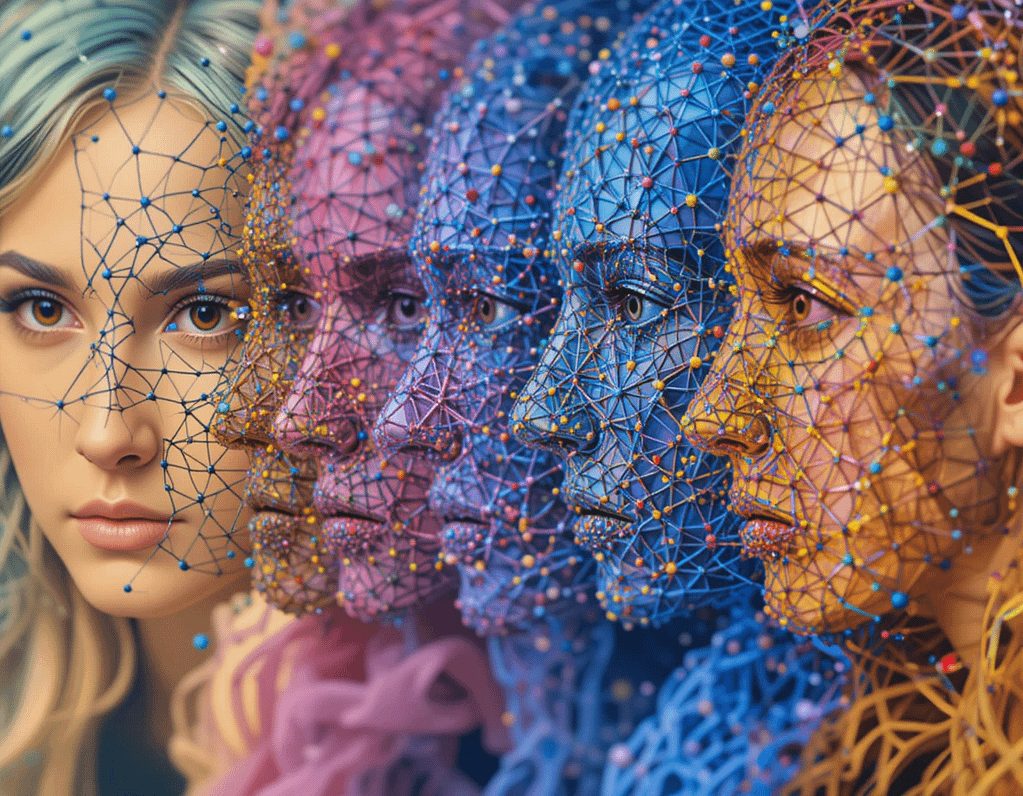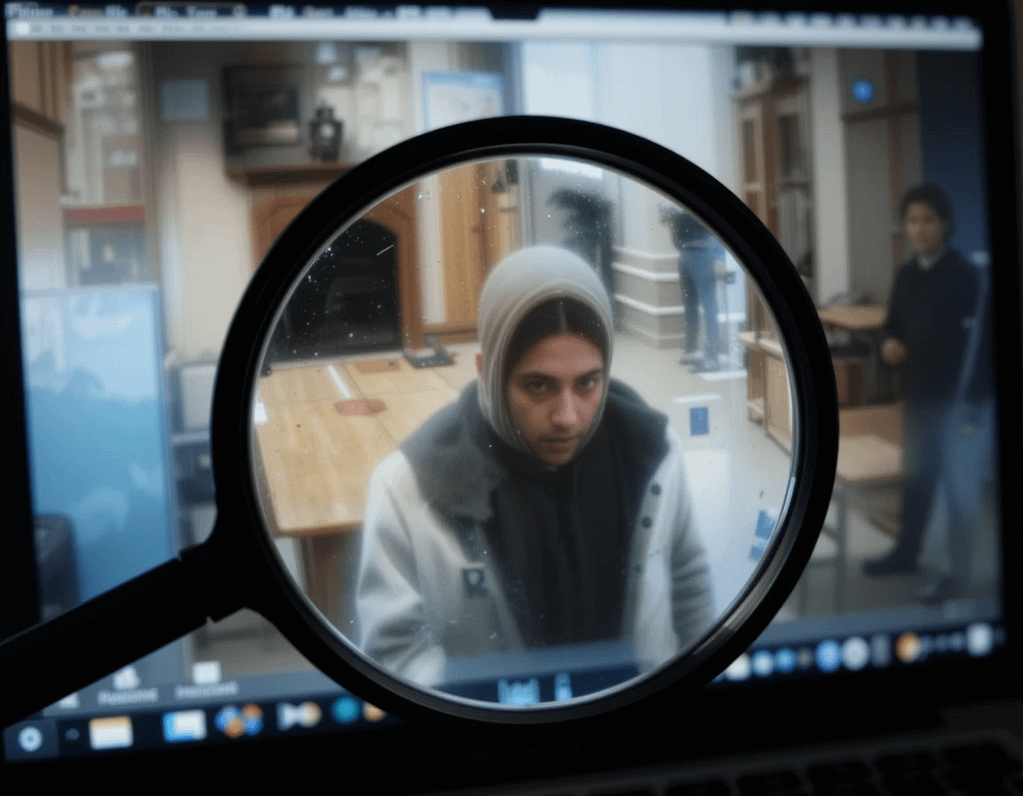
Deepfakes: The Digital Mirage – Understanding the Technology and Its Implications
Imagine scrolling through your social media feed and stumbling upon a video of your favorite celebrity making an outrageous statement. Or, worse yet, a politician caught in a scandalous act just days before an election. What if it wasn’t real? What if it was a deepfake , a hyper-realistic fabrication powered by artificial intelligence (AI)?
In today’s digital age, where information spreads faster than ever, deepfakes are becoming a growing concern. These AI-generated videos or images can convincingly depict people saying or doing things they never actually did. And while the technology behind them is fascinating, its implications are alarming. This article dives into the world of deepfakes, exploring how they work, their potential for both good and harm, and what they mean for our society.
What Exactly Are Deepfakes?
At their core, deepfakes are like digital illusions—convincing yet entirely fabricated. They use advanced computer programs to swap faces, alter expressions, or manipulate entire scenes in videos. The goal? To create something that looks authentic but is completely false. But how does this sleight-of-hand work?
The Technology Behind Deepfakes
The magic of deepfakes lies in artificial intelligence (AI) and machine learning (ML) . These technologies enable computers to analyze vast amounts of data—images, videos, and audio—and replicate patterns with astonishing accuracy. One of the most popular methods involves Generative Adversarial Networks (GANs) , which function like two dueling artists.

Here’s how GANs work:
- Generator : One neural network creates the fake content.
- Discriminator : Another neural network tries to detect flaws in the generated content. This constant tug-of-war refines the output until the fake becomes almost indistinguishable from reality.
How Are Deepfakes Created?
Creating a deepfake might sound complicated, but advancements in software have made it alarmingly accessible. Here’s a step-by-step breakdown:
- Data Collection : Gather extensive footage of the target individual. More data means better results.
- Software Tools : Use specialized tools like DeepFaceLab , FaceSwap , or Avatarify . These platforms leverage AI algorithms to map facial features and movements.
- Training the Model : Feed the AI thousands of images and videos to teach it how the person looks and behaves.
- Rendering : Swap the target face onto another body in a video, adjusting lighting, angles, and expressions for realism.
With user-friendly interfaces and pre-trained models available online, even amateurs can now create convincing deepfakes.
The Spectrum of Deepfake Applications
Like any powerful tool, deepfakes have dual-use potential—they can be harnessed for creativity or exploited for malicious purposes.
Positive Uses of Deepfakes
Believe it or not, deepfakes aren’t all doom and gloom. In fact, they hold immense creative potential:
- Entertainment Industry : Filmmakers use deepfakes to de-age actors or resurrect deceased stars for new roles. Remember seeing a younger version of Robert Downey Jr. or Carrie Fisher in recent movies?
- Historical Revival : Documentaries can bring historical figures back to life, offering audiences a chance to “meet” icons like Abraham Lincoln or Mahatma Gandhi.
- Artistic Expression : Artists experiment with deepfakes to push boundaries in storytelling and visual art.
Malicious Uses of Deepfakes

Unfortunately, the darker side of deepfakes poses significant threats:
- Political Manipulation : Fake videos of politicians could sway public opinion or disrupt elections. A well-timed deepfake could spark chaos during critical moments.
- Financial Fraud : Scammers can impersonate CEOs or executives to authorize fraudulent transactions.
- Personal Harm : Revenge porn and character assassination are disturbing realities. Victims often struggle to prove their innocence once a deepfake goes viral.
Why Deepfakes Are a Growing Concern
As deepfake technology advances, so do its risks. The line between truth and fiction is blurring, raising serious societal concerns.
Eroding Trust in Media and Institutions
When anyone can fabricate evidence, trust in media outlets, governments, and institutions erodes. People may dismiss legitimate news as fake, leading to widespread skepticism and confusion. This erosion of trust paves the way for conspiracy theories and misinformation campaigns.
Impact on Politics and Elections
Imagine a deepfake video surfacing hours before polling begins, falsely showing a candidate engaging in corruption. Such manipulations could influence voter behavior and undermine democratic processes. Even after debunking, the damage might already be done.
Personal and Reputational Damage
For individuals, the stakes are equally high. A fabricated video can ruin careers, strain relationships, and cause emotional distress. Proving innocence against such convincing fakes is challenging, especially when legal frameworks lag behind technological innovation.
Combating the Deepfake Threat
Addressing the deepfake dilemma requires a multi-faceted approach involving technology, legislation, and education.
Detection Methods and Technologies
Researchers are developing sophisticated tools to identify deepfakes. Techniques include analyzing inconsistencies in:
- Facial Movements : Blink rates, lip-sync mismatches, and unnatural expressions.
- Lighting and Shadows : Inconsistent lighting patterns can betray a fake.
- Audio-Visual Sync : Mismatches between voice and mouth movements.
However, as detection methods improve, so do deepfake creators’ techniques, creating an ongoing arms race.
Legislation and Regulation
Governments worldwide are grappling with how to regulate deepfakes without stifling free speech. Some countries have enacted laws criminalizing malicious deepfakes, while others emphasize collaboration across borders to combat global misuse.
Media Literacy and Critical Thinking
Empowering individuals to spot deepfakes is crucial. Encourage habits like:
- Verifying sources before sharing content.
- Questioning sensational claims.
- Using reverse image search tools to check authenticity.
Education initiatives targeting schools and workplaces can foster a culture of critical thinking and skepticism.
Conclusion: Can We Outsmart AI?
Deepfakes represent a double-edged sword—one capable of enhancing creativity and innovation while simultaneously threatening trust, integrity, and security. As AI continues to evolve, staying ahead of its misuse will require vigilance, ingenuity, and collective effort.
The battle against deepfakes isn’t just about technology; it’s about preserving truth in a post-truth era. By investing in detection tools, enacting smart regulations, and promoting media literacy, we can mitigate the risks posed by this transformative yet treacherous technology.
So, the next time you see a shocking video online, pause and ask yourself: Is this real—or is it just another digital mirage?
